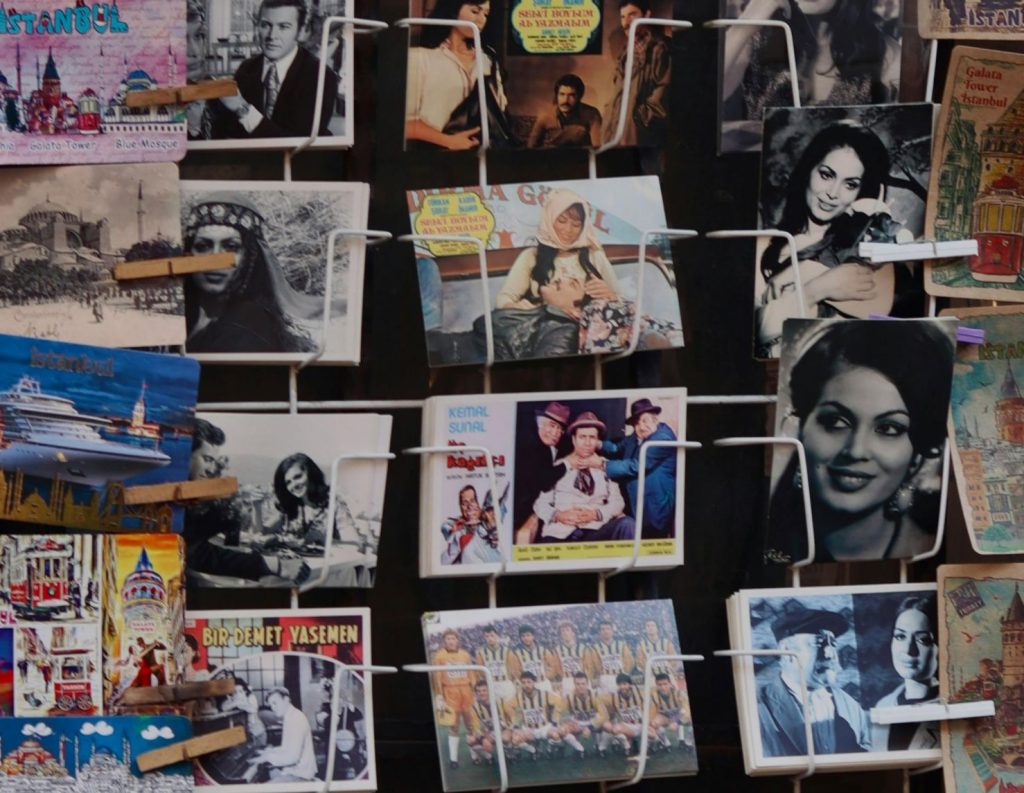
Mastering the Old – Money Style: A Discerning Fashion Statement
In the ever – evolving world of fashion, where trends come and go at a breakneck speed, the old – money style stands as a beacon of timeless elegance. It’s not just a fashion choice; it’s a statement of class, taste, and a certain je ne sais quoi that has captivated the fashion – conscious for generations. But what exactly is the old – money style, and how can one master it?
Understanding the Essence of Old – Money Style
The old – money style is deeply rooted in a set of core aesthetic elements that distinguish it from other fashion trends. At its heart, it’s all about timeless silhouettes. Think of the classic blazer with its structured shoulders and clean lines, or the simple yet elegant sheath dress. These are not the trendy, flash – in – the – pan styles that dominate the fashion runways for a season and then fade away. Instead, they are pieces that have withstood the test of time, remaining stylish decade after decade.
The color palette of old – money style is another key factor. Neutral tones reign supreme here. Shades like ivory, beige, camel, and charcoal are the foundation of any old – money wardrobe. These colors not only exude sophistication but also have the practical advantage of being easily paired with one another, creating a harmonious and put – together look.
Quality over quantity is the mantra of the old – money fashion enthusiast. It’s about investing in well – made pieces that will last for years, rather than filling your closet with cheap, trendy items that will fall apart after a few wears. A high – quality cashmere sweater, for example, may cost more upfront, but its softness, durability, and timeless appeal make it a worthy investment.
The Historical Roots of Old – Money Fashion
The origins of old – money style can be traced back to aristocratic circles. In Europe, the nobility had a distinct sense of fashion that was characterized by opulence, yet also a certain restraint. Elaborate gowns, tailored suits, and fine fabrics were the norm, but there was always an air of understated elegance. The French court, in particular, was known for its influence on high fashion, with styles that emphasized grace and refinement.
In America, the upper class took inspiration from European aristocracy but also adapted it to their own cultural context. The Gilded Age in the United States saw the rise of a new wealthy class, and with it, a distinct American version of old – money style. Brands like Brooks Brothers emerged, offering classic, preppy styles that became synonymous with American upper – class fashion.
Over the decades, old – money style has continued to evolve. In the 1920s, the flapper look added a touch of rebellion to the otherwise staid old – money aesthetic. The 1950s brought a return to more conservative, feminine styles, with full – skirted dresses and tailored jackets. Each era has left its mark on the old – money style, but its core elements have remained constant.
Building an Old – Money Wardrobe
To truly master the old – money style, one must start with the essential clothing items. A tailored blazer is a must – have. It can be dressed up with a pair of slacks and a silk blouse for a formal look, or dressed down with jeans and a simple t – shirt for a more casual yet still elegant ensemble.
Classic button – down shirts are another staple. Whether in crisp white cotton or a soft pastel shade, they are versatile pieces that can be worn tucked in or out, under sweaters or on their own. Well – fitted trousers, whether in wool for a more formal look or in a lighter fabric like linen for summer, complete the basic building blocks of an old – money wardrobe.
Accessories play a crucial role in defining the old – money look. A high – quality leather belt and a pair of well – crafted leather shoes can elevate any outfit. When it comes to jewelry, the old – money style favors understated pieces. A simple gold necklace, a pair of pearl earrings, or a classic watch are all you need to add a touch of elegance without going overboard.
Old – Money Style in Different Occasions
Old – money style is incredibly versatile and can be adapted to various occasions. For casual outings, think of weekend getaways or outdoor activities. A pair of well – fitting chinos, a polo shirt, and a pair of loafers create a look that is both comfortable and stylish. Add a lightweight sweater tied around the shoulders for those cooler days, and you’re ready for a day at the beach or a picnic in the park.
When it comes to formal affairs, old – money style really shines. For gala events, a long, flowing evening gown in a neutral color, paired with simple diamond jewelry and a classic clutch, is the epitome of elegance. In a business meeting, a tailored suit in a dark color, a white dress shirt, and a conservative tie convey professionalism and sophistication.
Modern Interpretations of Old – Money Style
In today’s fashion landscape, old – money style is not static. It has embraced modern trends and interpretations. There is a growing trend of fusing old – money style with streetwear elements. A pair of tailored trousers paired with a trendy sneaker and a graphic tee, for example, creates a unique and stylish look that combines the best of both worlds.
Sustainable fashion is also making its mark on old – money style. As more people become conscious of the environmental impact of the fashion industry, there is a movement towards investing in high – quality, sustainable pieces that will last. This aligns perfectly with the old – money philosophy of quality over quantity.
Celebrities and influencers are also playing a role in redefining old – money style. Figures like Meghan Markle, with her elegant and understated fashion choices, have brought old – money style back into the spotlight. Their interpretations of the style are inspiring a new generation of fashion enthusiasts.
The Psychology Behind Old – Money Style
There is a fascinating psychology behind the old – money style. It serves as a non – verbal way of conveying status and taste. When you see someone dressed in the old – money style, you immediately get a sense of their refined taste and likely social status. It’s a form of communication that goes beyond words.
But it’s not just about showing off. There is also a comfort in the familiarity of old – money style. The classic silhouettes and colors create a sense of stability and security in a world that is constantly changing. It’s like wearing a piece of history, a connection to a time when things were a bit more simple and elegant.
Mistakes to Avoid in Old – Money Style
While the old – money style may seem effortless, there are some common mistakes that one should avoid. Over – accessorizing is a big no – no. Remember, the key is understated elegance. Too many accessories can make an outfit look cluttered and take away from its sophistication.
Poor fit is another pitfall. Even the most expensive and stylish pieces will look bad if they don’t fit properly. Make sure your clothes are tailored to your body shape to ensure a flattering and polished look.
Choosing the wrong fabrics can also ruin an old – money outfit. Opt for high – quality natural fabrics like cotton, wool, and silk. Synthetic fabrics often lack the same level of comfort and sophistication.
How to Maintain an Old – Money Wardrobe
Once you’ve built your old – money wardrobe, it’s important to take proper care of it. Cleaning and storage are crucial. Follow the care instructions on your clothing carefully. For delicate items like cashmere sweaters, consider dry cleaning or hand washing. Store your clothes in a cool, dry place to prevent damage from moisture and pests.
Regular maintenance is also important. Check your clothes for any signs of wear and tear, such as loose buttons or small tears, and repair them promptly. This will ensure that your clothes last for years to come.
Finally, continue to invest in quality pieces. As your wardrobe evolves, add new items that fit the old – money aesthetic. This will keep your style fresh and up – to – date while still maintaining its timeless appeal.
Conclusion
Mastering the old – money style is not just about wearing the right clothes; it’s about embodying a certain way of life. It’s about appreciating quality, timelessness, and understated elegance. Whether you’re dressing for a casual day out or a formal event, the old – money style offers a sophisticated and stylish option. By understanding its essence, historical roots, and modern interpretations, and by avoiding common mistakes and taking proper care of your wardrobe, you can make the old – money style your own and make a discerning fashion statement wherever you go.
FAQs
- Is the old – money style only for the wealthy?
No, while the style has its roots in the upper class, anyone can adopt the old – money aesthetic. It’s more about the quality, simplicity, and elegance of the clothing rather than the price tag. You can find affordable pieces that mimic the old – money look and build a stylish wardrobe on a budget. - Can I mix old – money style with other fashion trends?
Absolutely! In fact, modern interpretations of old – money style often involve fusing it with contemporary trends. As mentioned earlier, combining old – money staples with streetwear elements or sustainable fashion pieces can create a unique and fashionable look. - What are some affordable brands that offer old – money style clothing?
There are several brands that offer old – money inspired pieces at more accessible prices. Brands like J.Crew, Banana Republic, and Everlane often have classic, well – made items that fit the old – money aesthetic. You can also look for quality second – hand pieces at thrift stores or consignment shops. - Is old – money style suitable for all body types?
Yes, the key to making old – money style work for any body type is proper fit. Tailoring is essential. Choose pieces that flatter your figure, whether it’s a blazer that accentuates your shoulders or trousers that hug your curves in the right places. With the right fit, the old – money style can look great on everyone. - How can I make my old – money style look more modern?
To give your old – money style a modern twist, experiment with layering, mixing textures, and adding trendy accessories. For example, layer a classic button – down shirt under a sleeveless sweater vest and add a pair of chunky sneakers. You can also incorporate modern prints, like a subtle geometric pattern, into your old – money outfits.

